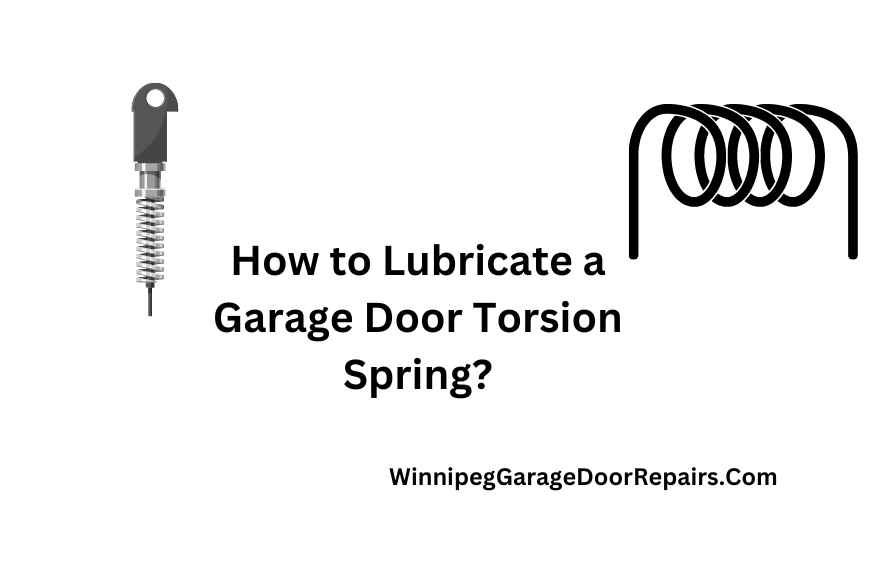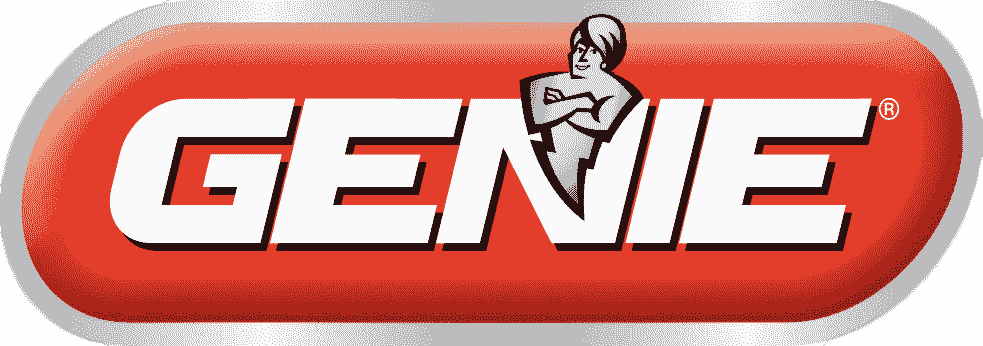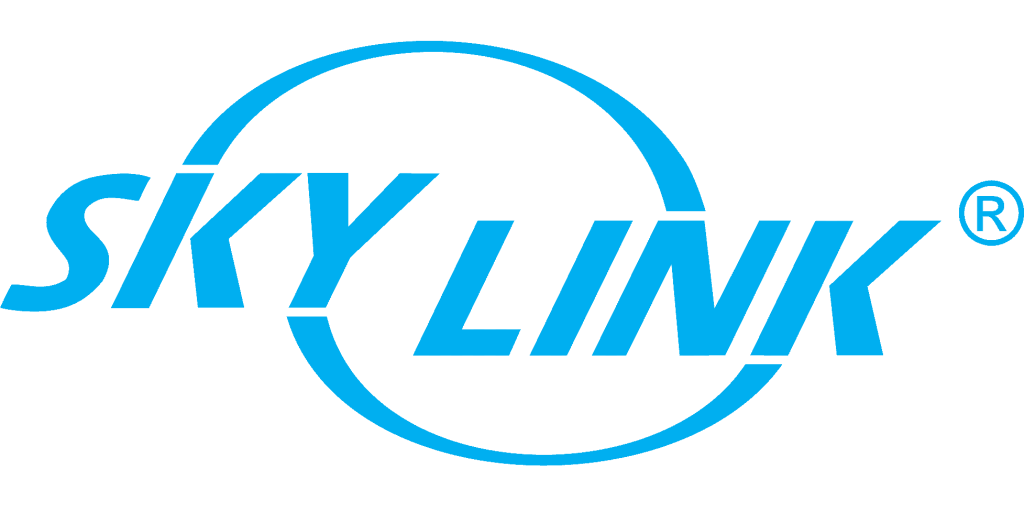Maintaining a smoothly operating garage door is crucial for convenience and safety, and one key aspect of garage door maintenance is lubricating the torsion spring. However, when the situation goes beyond simple lubrication and into the realm of wear and tear or damage, garage door spring repair becomes an essential service to consider.
This task, while seemingly straightforward, requires careful attention to detail and adherence to safety precautions to ensure the longevity of your garage door’s moving parts and your safety. Engaging in regular maintenance and being vigilant about the condition of your garage door springs can prevent unexpected failures and keep your garage door functioning optimally.
Choosing the Right Lubricant
Selecting an appropriate lubricant is crucial for effective maintenance. Opt for a non-silicone-based lubricant specifically designed for garage doors.
These lubricants are formulated to withstand the unique conditions of garage door operation, including temperature fluctuations and metal-to-metal contact. Avoid using WD-40 or grease, as these can attract dust and debris, leading to further complications.
Preparation for Lubrication
Start by cleaning the torsion spring with a cloth to remove any dust, debris, or rust, ensuring the lubricant can be applied directly to the metal. Before proceeding to the next step, it’s essential to have the right tools at hand, particularly tips for commercial garage door springs, which will be crucial for safely adjusting the tension of the torsion spring.
Position yourself safely on a ladder if necessary, ensuring you have stable and comfortable access to the torsion spring. With the winding bars and other tools ready, you can proceed with confidence, knowing you’re prepared for the task at hand.
Lubricating the Torsion Spring
Apply the lubricant evenly across the coils of the torsion spring, ensuring thorough coverage without over-lubricating. A light coat is sufficient to reduce friction and protect against rust.
Use a spray lubricant with a straw attachment for precise application, and aim to cover both the inside and outside of the coils.
Additional Lubrication Points
While the torsion spring is your primary focus, don’t neglect other moving parts of the garage door system. Apply lubricant to the bearing plates, rollers, and hinges.
These components also benefit from regular lubrication, contributing to smoother operation and reduced wear.
Testing and Cleanup
After lubricating, manually lift the door a few feet to distribute the lubricant along the spring. Wipe away any excess lubricant to prevent drips or accumulation of debris.
Reconnect the garage door opener and test the door’s operation, listening for any unusual sounds that might indicate insufficient lubrication or other issues.
Maintenance Schedule
Regular lubrication of the torsion spring and other moving parts should be part of your bi-annual maintenance schedule. However, the frequency may vary based on usage and environmental conditions. This is especially crucial when considering garage door spring winding bars, as the demands on these systems are significantly higher compared to residential setups.
Keep an eye (and ear) out for signs of squeaking or difficulty in operation, as these may indicate the need for re-lubrication. Consistent monitoring and maintenance not only extend the lifespan of your garage door springs but also ensure smooth and efficient operation, crucial for the daily functions of a commercial facility.
Conclusion
Lubricating your garage door torsion spring is a simple yet crucial task that extends the life of your garage door and ensures its safe, smooth operation. By following these steps and adhering to a regular maintenance schedule, you can avoid costly repairs and enjoy the convenience of a well-functioning garage door.
Remember, when in doubt, consult with a professional to ensure your garage door receives the care it needs.







